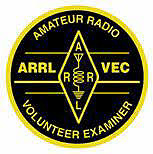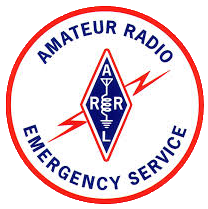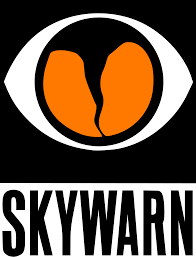Most amateur radio operators are familiar with the SKYWARN program, and reporting of severe weather conditions. We usually associate the SKYWARN program with reporting heavy rain, hail, and even tornadoes. But, the National Weather Service also runs an associated Snow Spotter program, gathering data to assist them in their mission to protect life and property, as well as developing better storm models.
Snow spotting, like conventional storm spotting, has specific conditions and information requirements. The NWS wants reports of:
- Change in precipitation type (rain to snow, snow to freezing rain, etc)
- Snow Accumulation of 1 inch or more
- Heavy Snowfall Rate (example: snowing at 1 inch per hour)
- Significant Blowing or Drifting snow
- If the snow, ice, or blowing snow is having a major impact on travel
- If what is occurring is not what is in the forecast
- Anything significant that you think we should know about
While the NWS utilizes automated weather stations rain measurements through the Citizen Weather Observer Program (CWOP) and manual measurements through the Community Collaborative Rain, Hail and Snow Network (CoCoRaHS), they request volunteers provide manual snow, sleet, and ice measurements. The NWS recommends taking a CoCoRaHS training program to learn how to take snow measurements. A brief cheat-sheet can be found in the Carroll ARES Weather Net Protocol Appendices.
Here's a link to the Peachtree City Snow Spotter Program Page, where you can learn how to become a Snow Spotter: https://www.weather.gov/ffc/snow_spotter
Here's a link to the CoCoRaHS training page: https://www.cocorahs.org/Content.aspx?page=MeasureSnow
While the more elaborate collection and reporting methods are desired, the NWS is happy to get even basic snowfall measurements.




